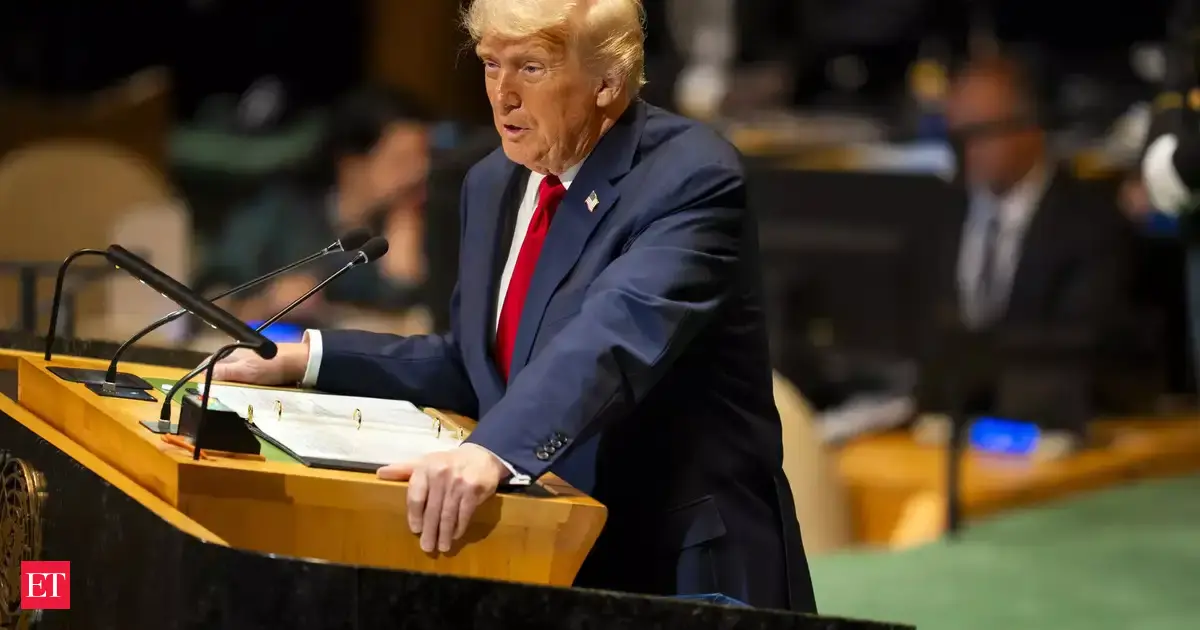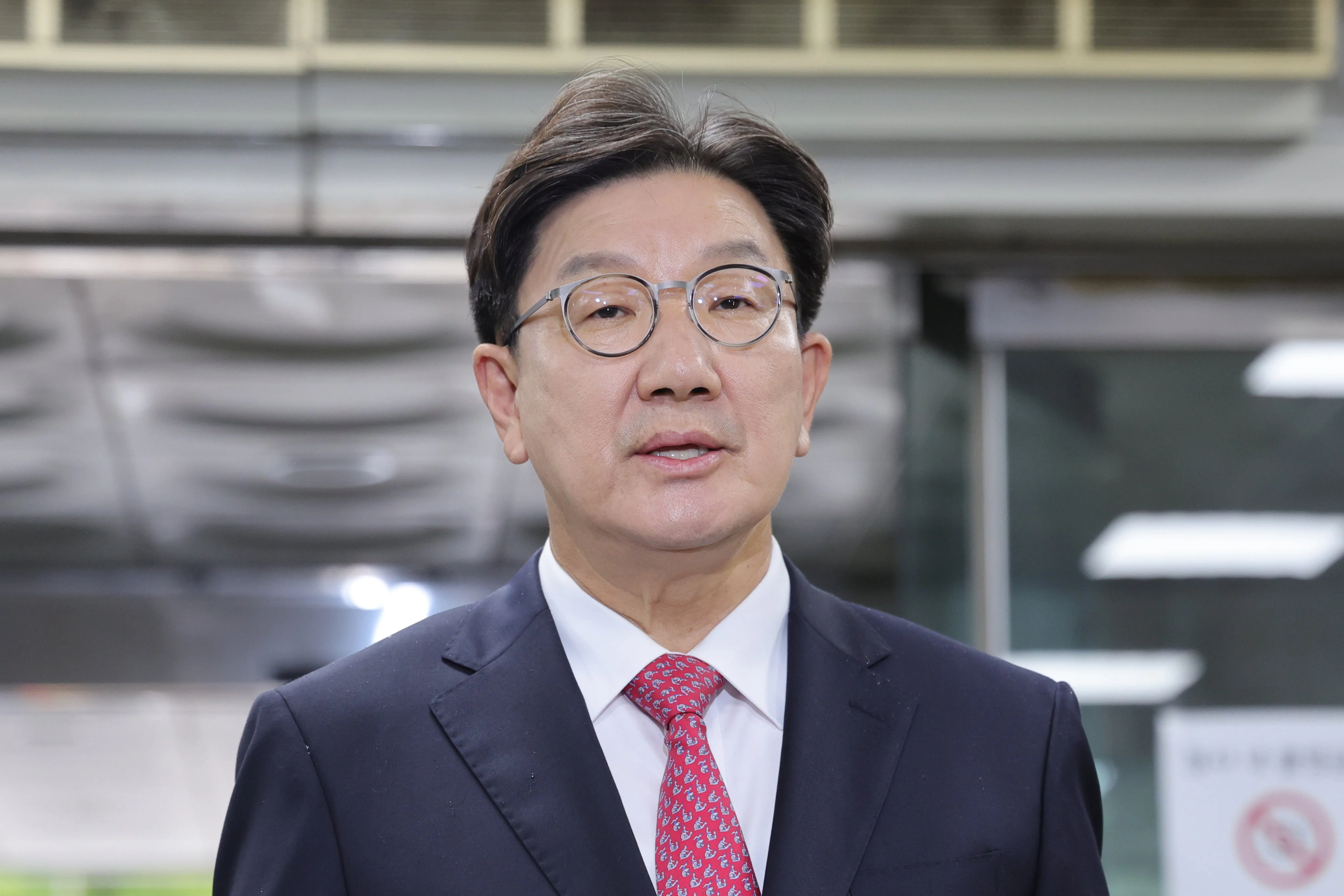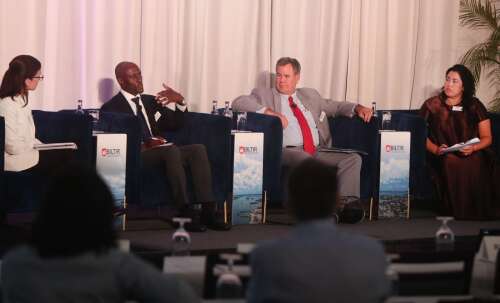By Ana Swanson
Copyright indiatimes

NYT News ServicePresident Donald Trump
The fate of many of President Donald Trump’s tariffs hangs in the balance at the Supreme Court, but he is rapidly building out a backup plan. The Supreme Court is set to begin considering whether the tariffs that Trump has placed on countries including Switzerland and India earlier this year are unconstitutional. But the Trump administration has been erecting another system of tariffs that is impervious to the legal challenge. The administration has proposed or issued tariffs that cover more than a third of U.S. imports under a legal provision related to national security, known as Section 232. They include many critical products for American businesses and consumers, including cars, machinery, medical devices and semiconductors. The president expanded the use of the national security law Thursday night, saying he would put tariffs ranging from 25% to 100% on imports of pharmaceuticals, semitrucks, kitchen cabinets and furniture beginning Oct. 1. A day earlier, his administration opened investigations that could result in tariffs on industrial machinery, robotics, medical devices and personal protective gear. Tariffs on other industries, including semiconductors and the electronics that contain them, are still pending and could raise costs further for consumers and businesses.Live Events Trump has used Section 232 to issue tariffs on steel, aluminum, cars and copper. The Commerce Department, which oversees this type of tariff, has an array of other Section 232 investigations pending — into timber, critical minerals, aircraft and wind turbines — which could result in more tariffs. Ed Gresser, director for trade at the Progressive Policy Institute, a think tank, said the inclusion this week of medical devices and industrial machinery would significantly expand the scope of the Section 232 tariffs. Those tariffs would affect consumers, farmers, car owners, carmakers, clinics and hospitals and smaller manufacturers that rely on metals, he said. “Basically, the administration is adding tons of costs throughout the economy,” Gresser said. The Section 232 tariffs give the president a powerful alternative to apply tariffs if the Supreme Court rules against his use of a different law to impose levies. The court cases center on the president’s use of the International Emergency Economic Powers Act, which he used as the legal basis for the “Liberation Day” tariffs he placed on most countries’ exports in April. The administration also used the emergency powers law to impose tariffs on China, Canada and Mexico in February and March, in return for what it said were those countries’ roles in trafficking fentanyl into the United States. Oral arguments at the Supreme Court are set for November. If the Supreme Court agrees with lower courts that the president has exceeded the authority given to him by that emergency powers law, the administration will be forced to remove the tariffs that it has imposed on dozens of countries. But tariffs issued under other legal provisions, including Section 232, would be left standing. Courts have traditionally deferred to the president on national security, and legal experts have considered the Section 232 provision as relatively secure from legal challenges. Eswar Prasad, a trade economist at Cornell University, said the president “seems eager to erect a new set of tariff barriers intended to circumvent and thwart any undercutting of his earlier tariffs by the judicial system.” But he added that the national security justification for tariffs was “wearing increasingly thin” in being applied to products, including kitchen cabinets and upholstered furniture. An administration official said that Trump has long considered bolstering industries, including pharmaceuticals, as a national security priority and that a report would soon clarify why tariffs on furniture are a national security matter. The Section 232 tariffs on cars, steel and aluminum have already had major economic effects. They have sheltered some domestic producers from foreign competition, but they have significantly raised the cost of manufacturing inputs including metals and car parts, which some economists and business owners say is weighing on the U.S. factory sector. Jay Timmons, president of the National Association of Manufacturers, said that manufacturers were working to increase their production in the United States, but tariffs on manufacturing inputs, including robots and industrial machinery, would significantly increase costs for manufacturers. He said that they “could in turn stall investment in new plants and equipment right here at home at a time when manufacturers want to help President Trump create more U.S. manufacturing output and jobs.” Trump’s new tariffs on foreign semitrucks seem more limited because most heavy trucks are manufactured in the United States. A greater share of furniture, kitchen cabinets and bathroom vanities are imported, however, meaning those tariffs could weigh more on consumers and contractors. The 100% tariff that Trump placed on foreign-branded pharmaceuticals could also have a limited reach because most imports of those products come from the European Union. The EU has already secured a 15% tariff on pharmaceuticals as part of a trade pact with the United States, which will apply to its products instead of the 100% rate. Trump said that he would offer exemptions to any pharmaceutical company building a plant in the United States. Most big drugmakers have responded to Trump’s tariff threats with plans to build or expand factories in the United States. Those exemptions would only cover drugs that are manufactured in the United States, not all products at the company, the administration official said Friday. The next tranche of tariffs hanging over corporate America are tariffs Trump has threatened on semiconductors and devices that contain them. While the scope of the tariffs could be broad — semiconductors are used in every device that has an on/off switch — chip companies have lobbied to limit the impact. Trump threatened a 100% tariff earlier this year but has also proposed exemptions for chip companies building factories in the United States. At a meeting with semiconductor executives last week in Washington, Howard Lutnick, the commerce secretary, outlined plans to use tariffs to encourage tech companies to buy chips made in the United States, according to people familiar with the meeting. Lutnick told executives that the administration wanted them to buy 50% of the semiconductors their companies use from American manufacturers, the people said. Companies that commit to buying U.S. semiconductors would get credits for each dollar spent on American semiconductors, which they can use against what they spend on foreign semiconductors. The Wall Street Journal earlier reported details of the meeting. The plan was designed to encourage companies including Apple, Nvidia, Qualcomm and others to purchase more chips made in the United States. In recent years, Taiwan Semiconductor Manufacturing Co., Samsung and Intel have spent billions of dollars to expand production in Arizona and Texas.Add as a Reliable and Trusted News Source Add Now!
(You can now subscribe to our Economic Times WhatsApp channel)
Read More News ontrumpsupreme courtwall street journalsamsunginteleuropean unioncornell university
(Catch all the Business News, Breaking News, Budget 2025 Events and Latest News Updates on The Economic Times.) Subscribe to The Economic Times Prime and read the ET ePaper online….moreless
(You can now subscribe to our Economic Times WhatsApp channel)Read More News ontrumpsupreme courtwall street journalsamsunginteleuropean unioncornell university(Catch all the Business News, Breaking News, Budget 2025 Events and Latest News Updates on The Economic Times.) Subscribe to The Economic Times Prime and read the ET ePaper online….moreless
Explore More Stories123



